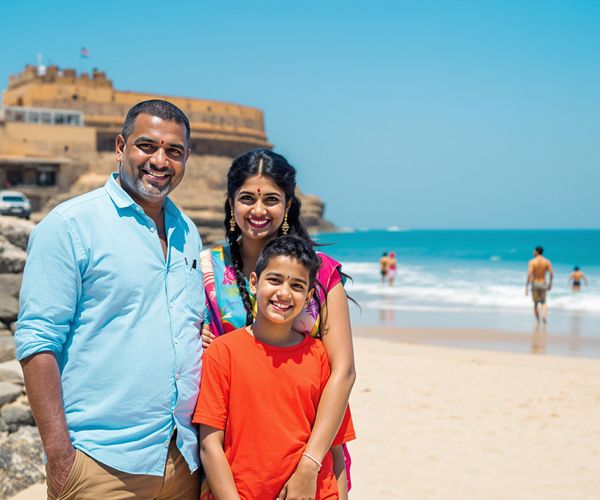
Goa: The Jewel of India's West Coast
Discover Goa: A blend of stunning beaches, rich heritage, vibrant festivals, and delectable cuisine on India's west coast.
Goa is a vibrant and charming state located on the western coast of India. Known for its stunning beaches, rich heritage, and vibrant nightlife, it is a favorite among travelers from around the world. Goa offers a unique blend of Indian and Portuguese cultures, seen in its architecture, cuisine, and festivals. From the bustling markets of Panjim to the serene beaches of Palolem, there is something for everyone in this tropical paradise. The state's coastline stretches for about 100 kilometers and is dotted with numerous beautiful beaches. Popular beaches like Baga, Anjuna, and Calangute are famous for their lively shacks, water sports, and bustling nightlife. For a more tranquil experience, you can visit quieter beaches like Agonda and Mandrem. Each beach has its own charm and caters to different types of travelers. Goa's rich history is evident in its many churches, temples, and forts. The Basilica of Bom Jesus and Se Cathedral in Old Goa are UNESCO World Heritage Sites and are must-visits for their stunning architecture and historical significance. The state's vibrant festivals, such as Carnival and Shigmo, showcase its multicultural heritage and are a treat for visitors. Goa is also a food lover's delight. Its cuisine is a unique blend of Indian and Portuguese flavors, with seafood being a staple. Don't miss trying local dishes like Goan fish curry, prawn balchão, and bebinca, a traditional Goan dessert. The bustling markets, such as Anjuna Flea Market and Mapusa Market, offer a glimpse into the local culture and are great places to pick up souvenirs. Whether you're looking to relax on the beach, explore historical sites, or indulge in delicious food, Goa has something to offer every traveler. Its laid-back vibe, friendly locals, and diverse attractions make it a must-visit destination in India.
Local tips in Goa
- Visit during the winter months (November to February) for the best weather and to enjoy festivals like Carnival.
- Rent a scooter or bike to explore the city at your own pace and reach less accessible beaches.
- Try local Goan cuisine at beach shacks and traditional restaurants for an authentic experience.
- Carry sunscreen, hats, and light clothing to protect yourself from the sun while enjoying the beaches.
- Respect local customs and dress modestly when visiting religious sites.
Neighbourhoods in Goa
Goa: The Jewel of India's West Coast
Goa is a vibrant and charming state located on the western coast of India. Known for its stunning beaches, rich heritage, and vibrant nightlife, it is a favorite among travelers from around the world. Goa offers a unique blend of Indian and Portuguese cultures, seen in its architecture, cuisine, and festivals. From the bustling markets of Panjim to the serene beaches of Palolem, there is something for everyone in this tropical paradise. The state's coastline stretches for about 100 kilometers and is dotted with numerous beautiful beaches. Popular beaches like Baga, Anjuna, and Calangute are famous for their lively shacks, water sports, and bustling nightlife. For a more tranquil experience, you can visit quieter beaches like Agonda and Mandrem. Each beach has its own charm and caters to different types of travelers. Goa's rich history is evident in its many churches, temples, and forts. The Basilica of Bom Jesus and Se Cathedral in Old Goa are UNESCO World Heritage Sites and are must-visits for their stunning architecture and historical significance. The state's vibrant festivals, such as Carnival and Shigmo, showcase its multicultural heritage and are a treat for visitors. Goa is also a food lover's delight. Its cuisine is a unique blend of Indian and Portuguese flavors, with seafood being a staple. Don't miss trying local dishes like Goan fish curry, prawn balchão, and bebinca, a traditional Goan dessert. The bustling markets, such as Anjuna Flea Market and Mapusa Market, offer a glimpse into the local culture and are great places to pick up souvenirs. Whether you're looking to relax on the beach, explore historical sites, or indulge in delicious food, Goa has something to offer every traveler. Its laid-back vibe, friendly locals, and diverse attractions make it a must-visit destination in India.
When is the best time to go to Goa?
Iconic landmarks you can’t miss
Aguada Fort
Explore the historic Aguada Fort in Goa, a stunning fortress offering breathtaking sea views and rich colonial heritage.

Dudhsagar Falls
Discover the breathtaking beauty of Dudhsagar Falls, a natural wonder in Goa, where cascading waters meet lush greenery in a picturesque setting.

Chapora Fort
Explore Chapora Fort, a historic fortress in Goa offering stunning views of the Arabian Sea and a glimpse into the region's captivating past.
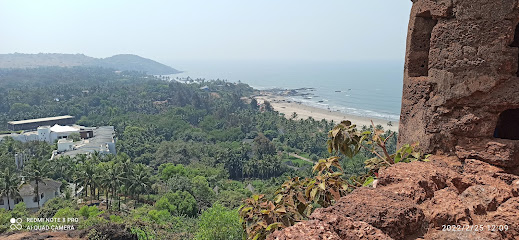
Sinquerim Fort
Discover the historical charm and scenic beauty of Sinquerim Fort, a captivating landmark in Goa's coastal landscape.
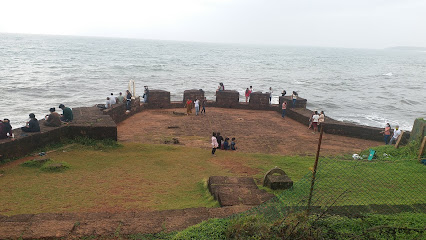
Cabo de Rama Fort
Discover Cabo de Rama Fort, a historic site in Goa offering stunning views, rich history, and a serene escape into nature's beauty.
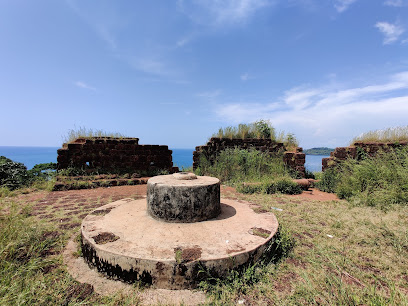
Harvalem Waterfalls
Discover the mesmerizing beauty of Harvalem Waterfalls in Goa, a perfect blend of nature, adventure, and tranquility.
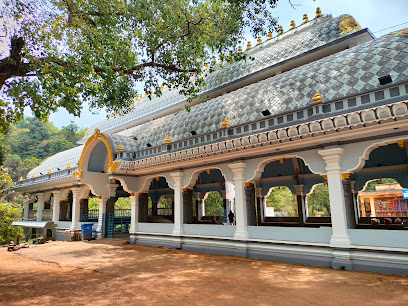
Se Cathedral
Explore the grandeur of Se Cathedral, a magnificent Gothic structure in Old Goa, reflecting the rich history and culture of the region.
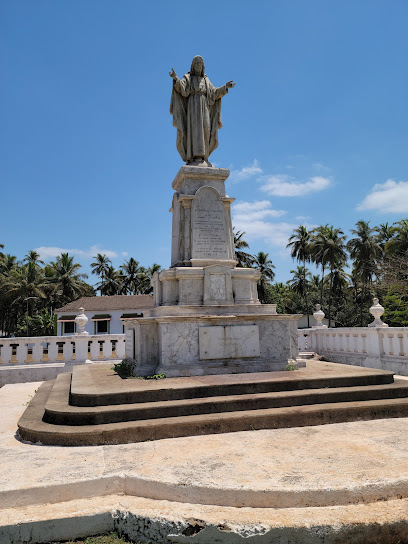
Church of St. Francis of Assisi
Explore the stunning Church of St. Francis of Assisi in Old Goa, a masterpiece of Baroque architecture and a testament to the region's rich heritage.
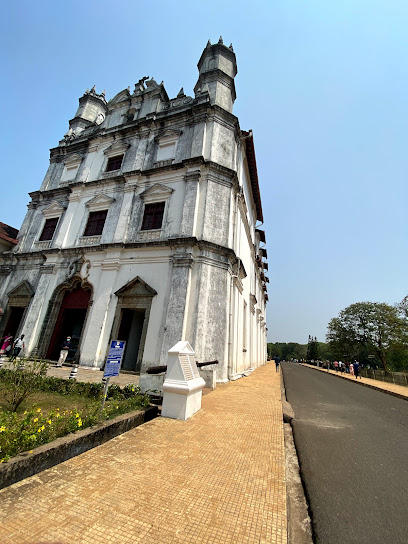
St. Augustine Tower
Explore the historic St. Augustine Tower in Old Goa, a stunning landmark showcasing colonial architecture and breathtaking views of the Goan landscape.
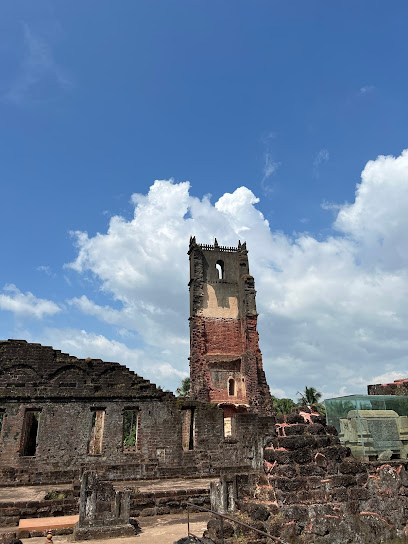
Houses of Goa Museum
Explore the rich cultural and architectural heritage of Goa at the Houses of Goa Museum, a must-visit destination for art and history lovers.
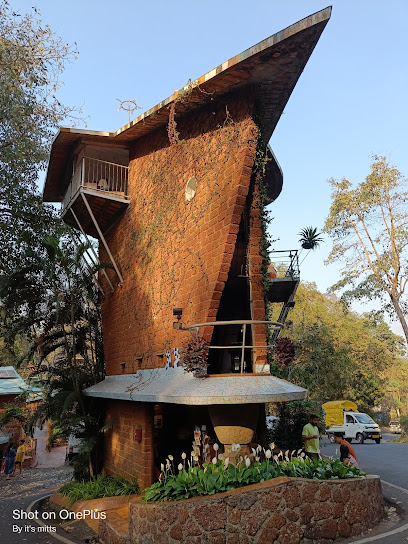
Three Kings Chapel
Experience the tranquil beauty and historical charm of Three Kings Chapel, a serene landmark nestled in the hills of Goa, India.
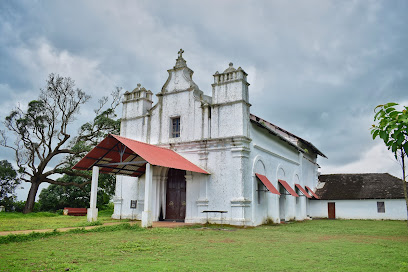
Goa Chitra Museum
Immerse yourself in Goa's cultural heritage at Goa Chitra Museum, a treasure trove of artifacts and traditions showcasing the state's unique identity.
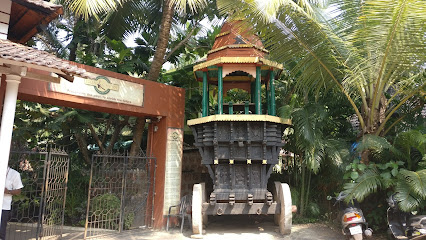
Menezes Braganca House
Explore the history and architectural beauty of Menezes Braganca House, a heritage gem in Goa that reflects the opulent lifestyle of Goan nobility.
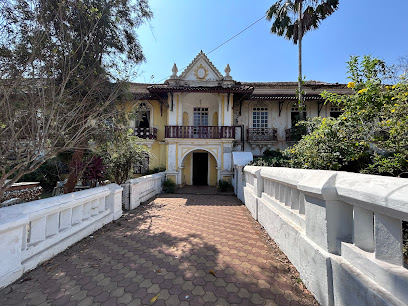
Viceroys Arch, Goa
Explore Viceroys Arch, an architectural gem in Old Goa, reflecting the rich Portuguese heritage and history of this enchanting region.
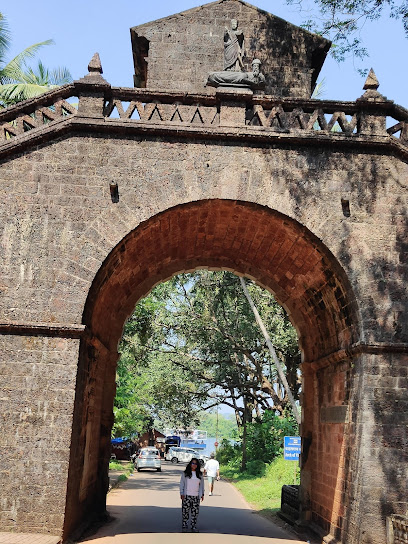
Arvalem Caves
Explore the ancient Arvalem Caves in Goa, a hidden gem revealing the enchanting history and stunning architecture of the region.
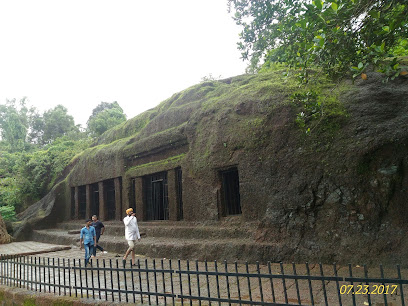
Unmissable attractions to see
Aguada Fort
Discover the rich history and panoramic views at Aguada Fort, a 17th-century fortress overlooking the Arabian Sea in beautiful Goa.
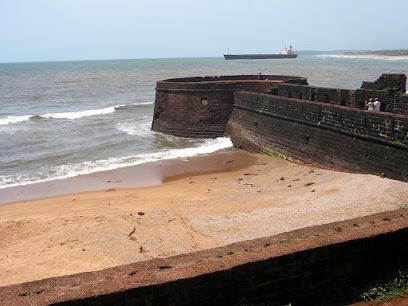
Aguada Fort
Discover the historical splendor and breathtaking views at Aguada Fort, Goa's iconic Portuguese fortress overlooking the Arabian Sea.

Basilica of Bom Jesus
Explore the Basilica of Bom Jesus, a UNESCO World Heritage Site in Goa, showcasing stunning baroque architecture and rich historical significance.
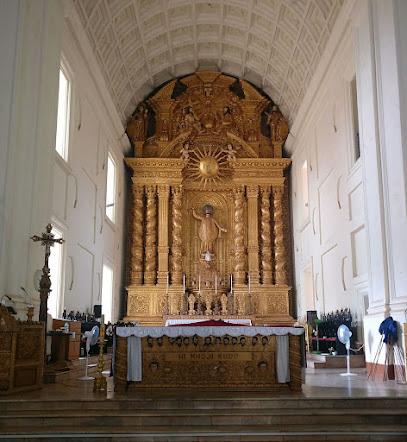
Candolim Beach
Discover the enchanting beauty of Candolim Beach in Goa, where golden sands meet vibrant culture and thrilling water sports await.
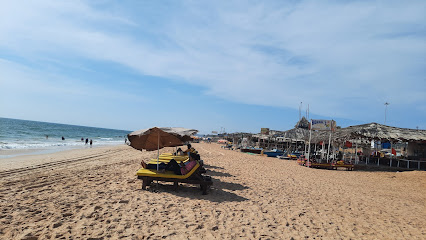
Dudhsagar Falls
Experience the breathtaking beauty of Dudhsagar Falls, Goa's stunning four-tiered waterfall surrounded by lush greenery and diverse wildlife.
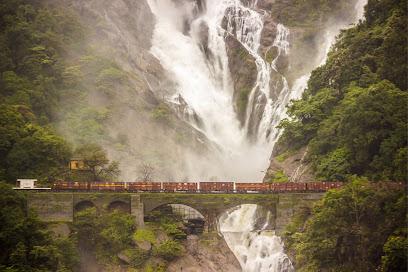
Calangute Beach
Discover the vibrant energy of Calangute Beach, where golden sands and azure waters meet thrilling activities and exquisite Goan cuisine.
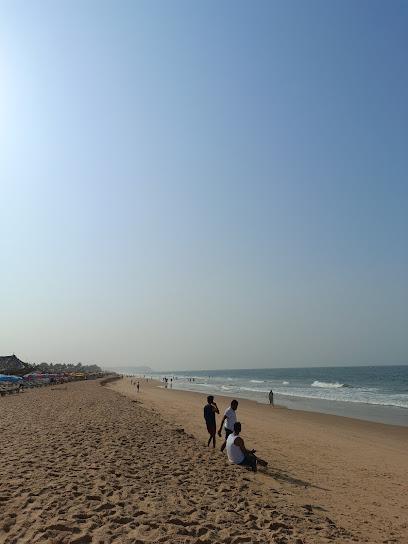
Immaculate Conception Church
Explore the stunning Immaculate Conception Church in Panaji, Goa, a beautiful blend of history, architecture, and spirituality.
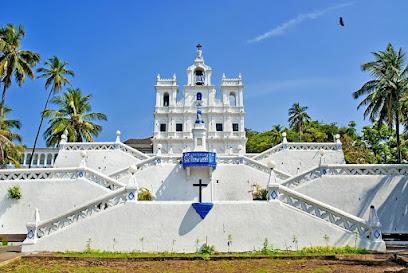
Shree Mangueshi Temple
Explore the spiritual haven of Shree Mangueshi Temple in Goa, where divine architecture meets rich cultural heritage in a serene setting.
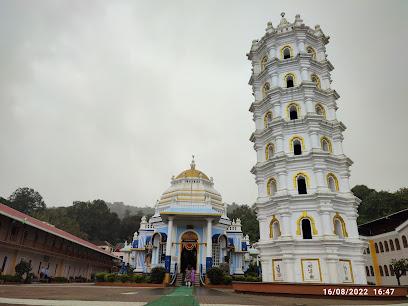
Sinquerim Beach
Discover the serene beauty of Sinquerim Beach in Goa, where golden sands meet crystal-clear waters for an unforgettable beach getaway.
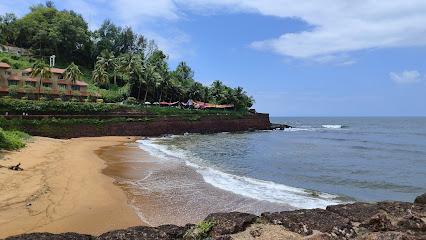
Snow Park, Goa
Discover the magic of winter with thrilling snow activities at Snow Park, Goa – an indoor amusement park that promises fun for all ages.
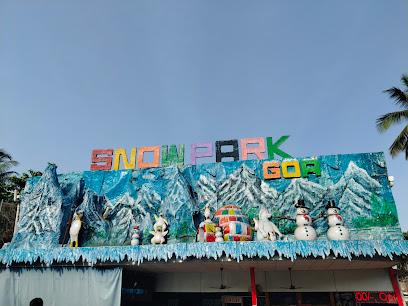
Sinquerim Fort
Explore the historical Sinquerim Fort in Goa, where stunning views meet rich heritage, making it a must-visit for every traveler.
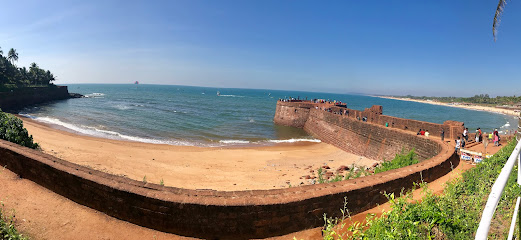
Cabo de Rama Fort
Explore the historic Cabo de Rama Fort in Goa, a stunning fortress offering breathtaking sea views and rich cultural heritage.
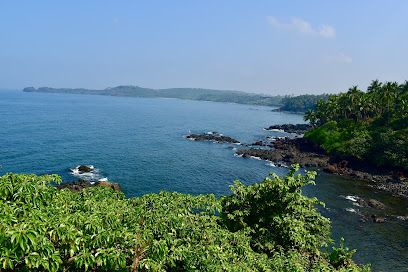
Reis Magos Fort
Visit Reis Magos Fort in Goa for a breathtaking glimpse into the region's colonial history, showcasing stunning views and rich heritage.
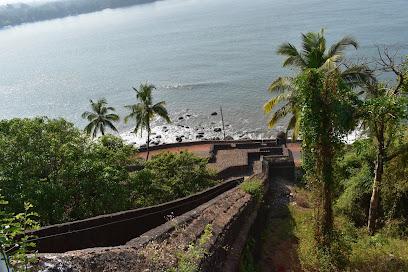
Cola Beach
Discover the tranquil beauty of Cola Beach in Goa, where pristine sands meet a stunning lagoon, perfect for relaxation and adventure.
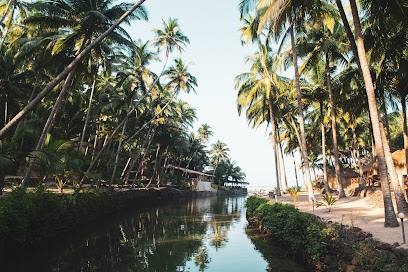
Shree Shantadurga Temple
Explore the spiritual essence of Goa at Shree Shantadurga Temple, a stunning architectural gem and a vital part of Hindu culture.
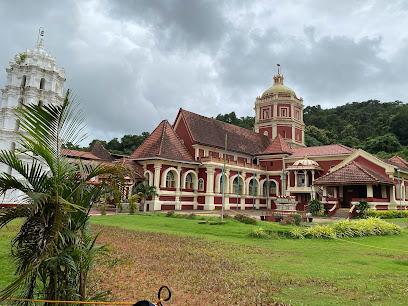
Essential places to dine
Thalassa
Experience authentic Greek flavors at Thalassa in Siolim, Goa - where stunning sunsets meet Mediterranean culinary delights.
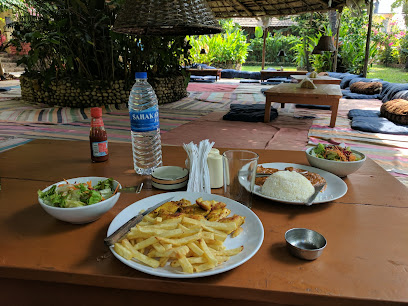
The Fisherman's Wharf Panjim
Experience authentic Goan flavors at The Fisherman's Wharf Panjim—a seafood paradise where every dish tells a story.
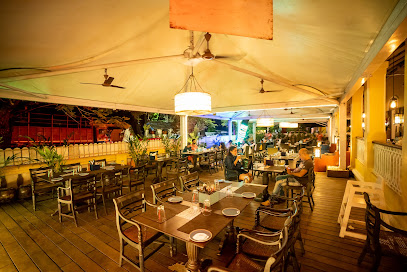
The Black Sheep Bistro
Experience culinary excellence at The Black Sheep Bistro in Panaji, where local flavors meet international cuisine in an inviting atmosphere.
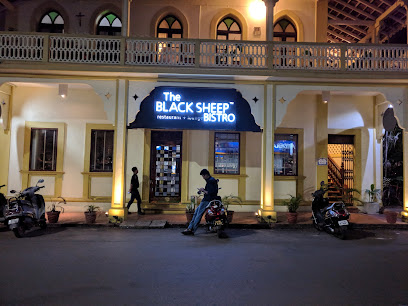
The Fishermans Wharf
Experience authentic Goan cuisine at The Fisherman's Wharf—where fresh seafood meets stunning riverside views in beautiful Goa.
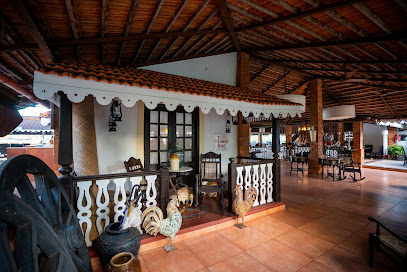
Copperleaf Porvorim
Experience the vibrant flavors of India and China at Copperleaf Porvorim - A culinary delight in Goa's charming landscape.
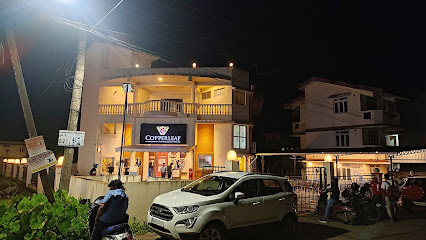
Gunpowder
Experience authentic South Indian flavors at Gunpowder in Goa—where tradition meets taste in every dish.
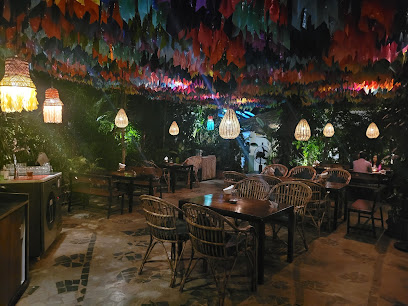
A Reverie
Experience modern European cuisine at A Reverie in Calangute, Goa – where exquisite flavors meet enchanting ambiance.
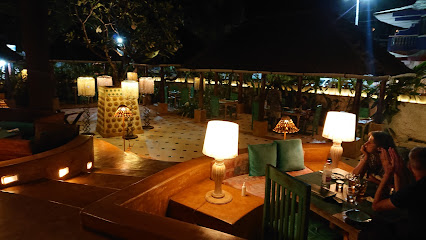
Shivers Garden Bar & Restaurant Goa
Discover an exquisite fusion of Pan Asian flavors in a serene garden setting at Shivers Garden Bar & Restaurant in Goa.
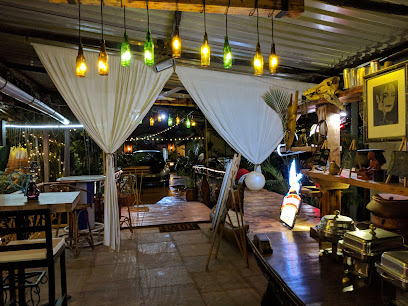
Goa's Ark Restaurant
Experience the best of Mediterranean cuisine at Goa's Ark Restaurant in Anjuna - where every meal is a celebration of flavors.
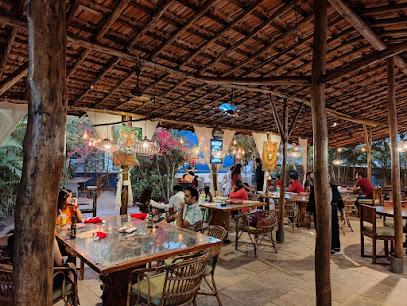
Ratnasagar Family Restaurant & Bar
Experience authentic North Indian cuisine at Ratnasagar Family Restaurant & Bar in Old Goa—where flavor meets tradition just steps from history.
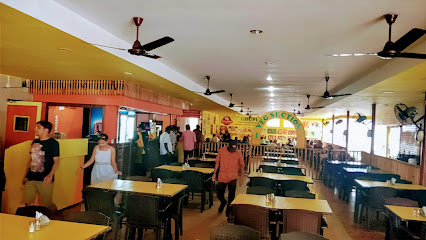
Spicy Bella Restaurant
Discover a world of flavors at Spicy Bella Restaurant in Calangute - where Indian spices meet global cuisine in a vibrant setting.
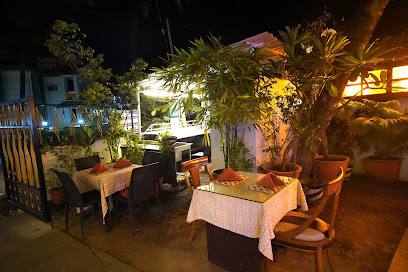
Bhatti Village Family Bar & Restaurant -- Best Goan Rrestaurant in Goa
Experience authentic Goan cuisine at Bhatti Village Family Bar & Restaurant – a family-friendly spot serving fresh seafood in a vibrant setting.
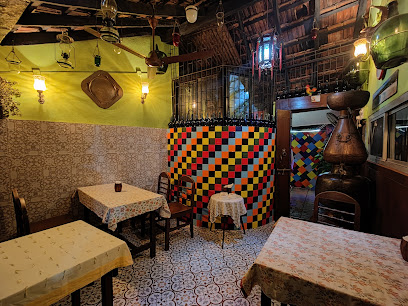
Suzie's
Discover Suzie's in Goa: where fine dining meets creative cuisine and handcrafted cocktails for an unforgettable experience.
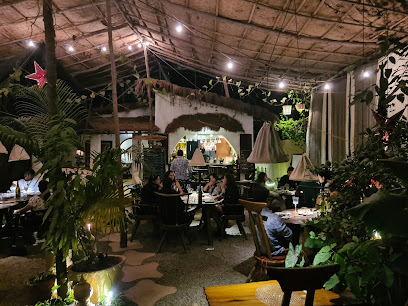
Chulha
Experience authentic Indian cuisine at Chulha in Goa's Grand Hyatt – where tradition meets luxury amidst breathtaking landscapes.
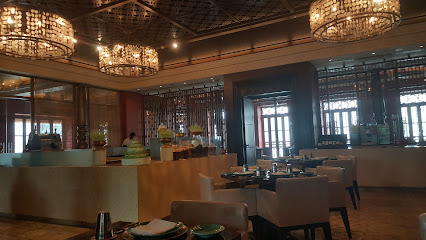
Soul Chef Goa- Feasts From The North East
Discover the vibrant tastes of North East India at Soul Chef Goa - where tradition meets innovation in every bite.
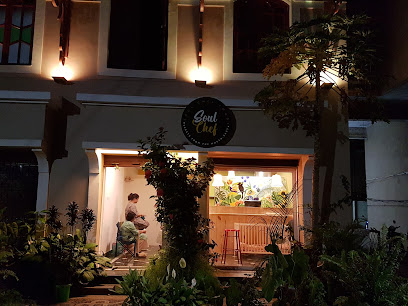
Markets, malls and hidden boutiques
Shoppers Stop
Explore Shoppers Stop in Goa for an unparalleled shopping experience featuring clothing, cosmetics, and accessories for every style and occasion.

AND Caculo Mall
Unleash your style at AND Caculo Mall, the go-to destination for trendy western apparel and accessories in Panaji, Goa.
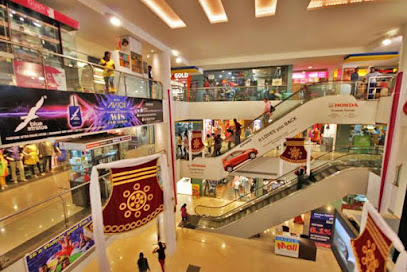
Mario Gallery
Explore Mario Gallery in Karmane, Goa for unique gifts, local art, and memorable souvenirs that capture the spirit of your travels.
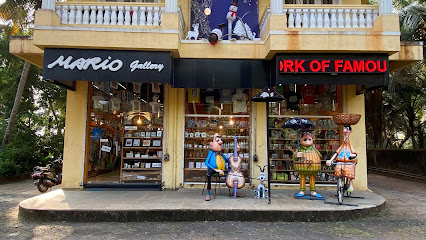
Rangeela Goa
Discover the essence of Goa at Rangeela Goa, where fashion meets local artistry in a vibrant shopping experience.
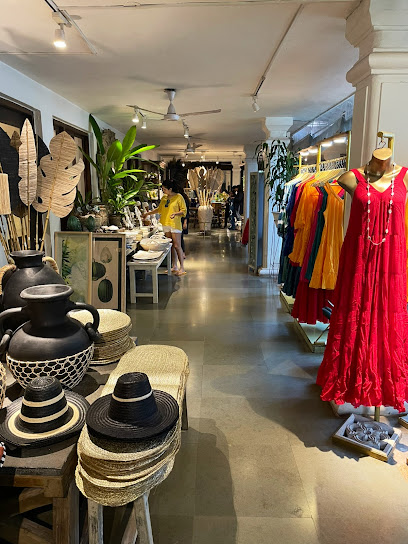
The Flame Store
Explore The Flame Store in Candolim for exclusive designer clothing that blends contemporary style with Goan flair, perfect for fashion lovers.
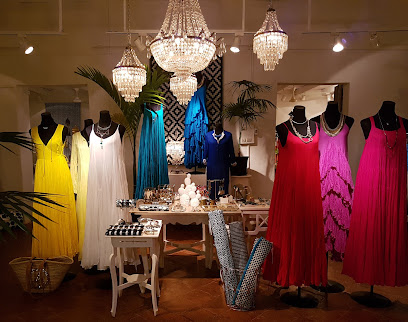
WALKOVER - The Toys & Baby Mega Store
Discover a world of toys, baby clothing, and children's books at WALKOVER - Panaji's ultimate destination for family shopping.

KUMKUM - Indian Ethnic Wear, Goa
Explore the richness of Indian ethnic wear at KUMKUM in Goa, featuring exquisite sarees and bridal collections for every occasion.
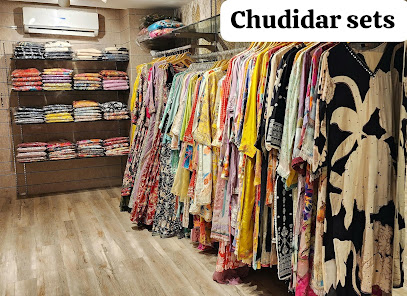
KRAMONDE Luxury Home Deco & Gifts
Explore KRAMONDE Luxury Home Deco & Gifts in Madgaon, Goa, for unique home decor, handcrafted gifts, and exquisite souvenirs.
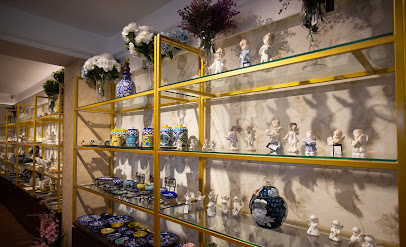
Good Karma Treasure Shop
Unearth unique treasures and vintage finds at Good Karma Treasure Shop in Vagator, Goa - a must-visit for eclectic shopping enthusiasts.
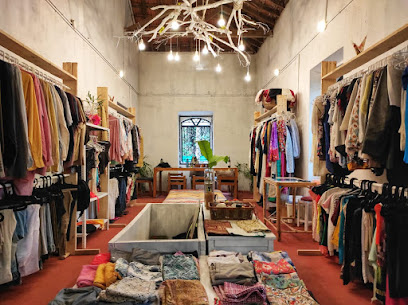
Sheek Emporium - Armanii Boutique
Experience the essence of luxury shopping at Sheek Emporium - Armanii Boutique in Candolim, Goa, featuring custom tailoring, antiques, and exquisite fashion.
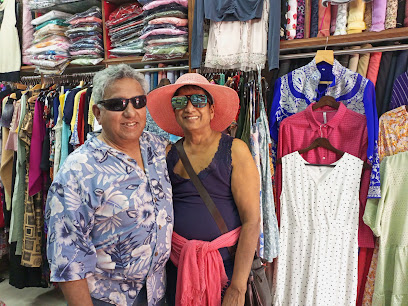
O.M.O
Discover contemporary fashion at O.M.O in Panaji, Goa, where local charm meets modern style in a vibrant shopping experience.
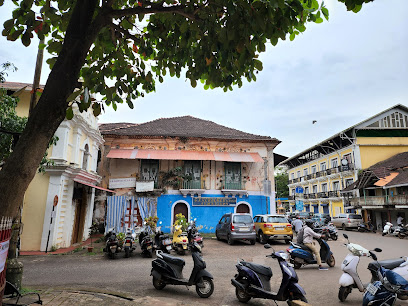
99 Store
Explore the 99 Store in Panaji for unique gifts, local crafts, and a taste of Goan culture amidst the vibrant New Municipal Market.
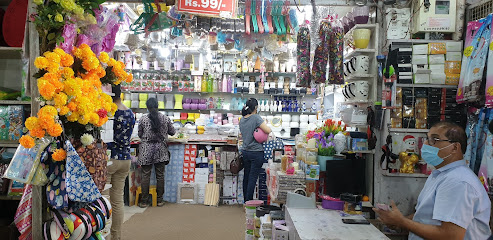
The Good Life Goa
Discover unique designer clothing in the heart of Panaji, Goa, blending contemporary fashion with local craftsmanship.
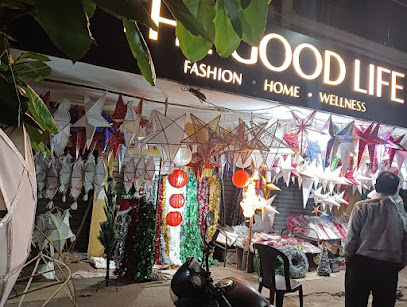
Sacha's Shop
Explore Sacha's Shop in Panaji, Goa, for a unique selection of designer clothing and accessories that reflect the vibrant Goan spirit.
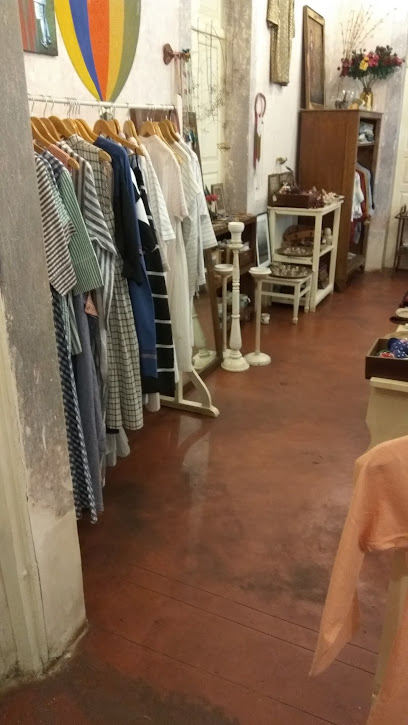
The Karma Collection & All About Eve (verified Listing)
Explore the Karma Collection in Siolim, Goa – a unique destination for antique lovers and vintage enthusiasts offering exquisite home goods and handcrafted treasures.
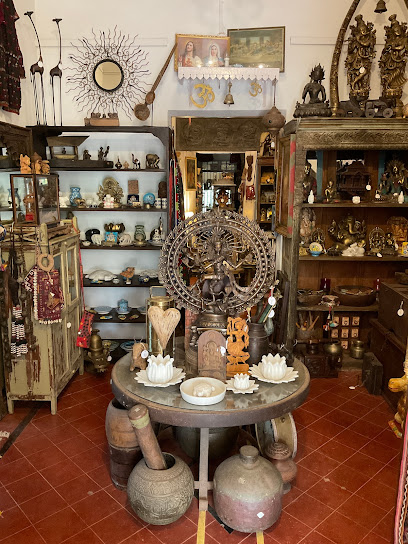
Essential bars & hidden hideouts
Purple Martini
Discover the essence of Goan nightlife at Purple Martini, where exquisite cocktails meet stunning sunset views and vibrant ambiance.
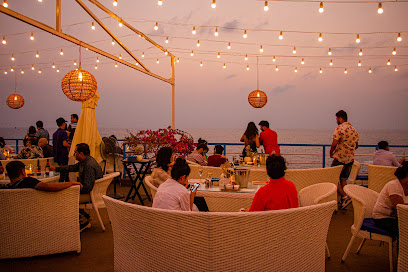
Cohiba Bar & Kitchen
Experience the vibrant flavors of Goa at Cohiba Bar & Kitchen, where exquisite seafood and lively ambiance come together for an unforgettable night.
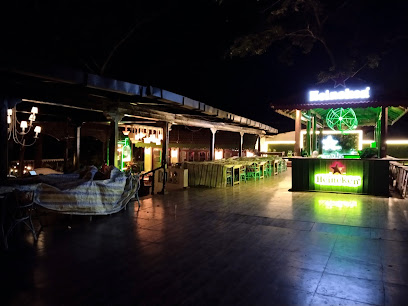
Soro - The village pub
Experience the vibrant nightlife of Goa at Soro - The Village Pub, where delicious food and live music create unforgettable memories.
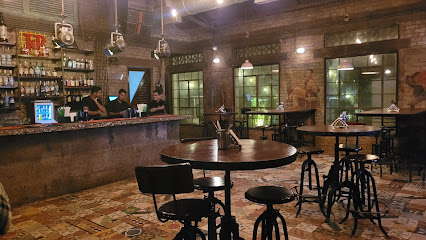
Joseph Bar
Experience the vibrant flavors of Goa at Joseph Bar, a top tapas destination in Panaji, where every bite tells a story.
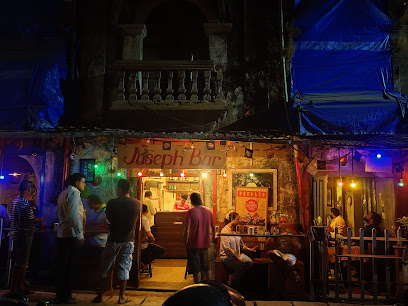
Guru Bar
Experience the vibrant nightlife at Guru Bar in Anjuna, Goa, famous for its live music, delicious food, and rich history since 1967.
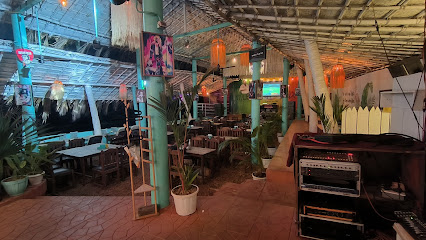
Koleso 24/7 Lounge & Bar
Experience the vibrant flavors of Goa at Koleso 24/7 Lounge & Bar, where fresh seafood meets creative cocktails in a stunning beachside setting.
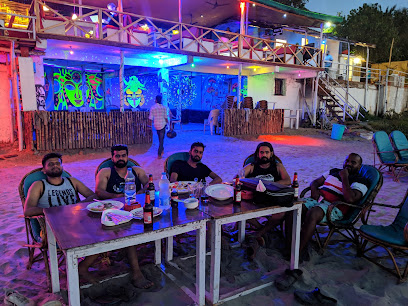
Darlings bar
Experience the vibrant nightlife at Darlings Bar in Vagator, Goa, where exquisite cocktails and lively atmosphere await.
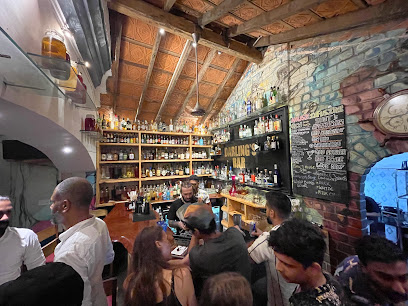
Bar De Goa
Experience the vibrant flavors of Goa at Bar De Goa, a lively grill and bar perfect for unforgettable culinary adventures.
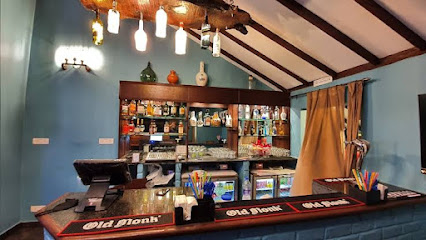
Soho
Experience the vibrant nightlife of Panaji at Soho, your go-to pub for craft cocktails, live music, and delicious cuisine in the heart of Goa.
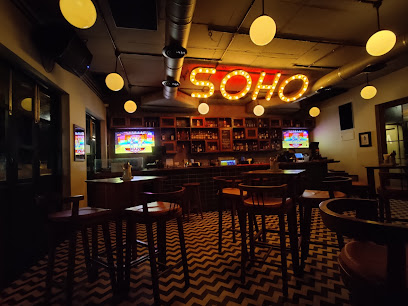
Cajy Bar
Experience the vibrant atmosphere of Cajy Bar in Arpora, Goa, where creative cocktails meet a laid-back, welcoming vibe.
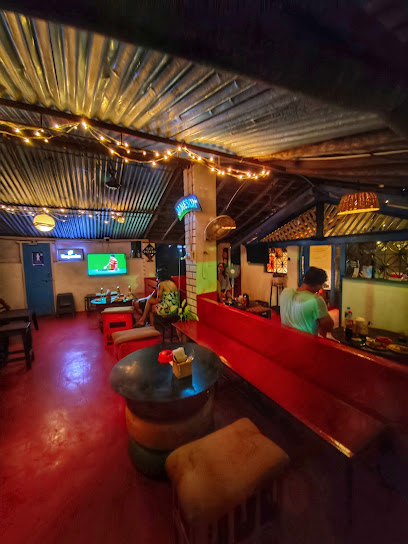
Mafia Cocktail
Experience the best of Goan cuisine and vibrant nightlife at Mafia Cocktail, your culinary oasis in the heart of Goa.
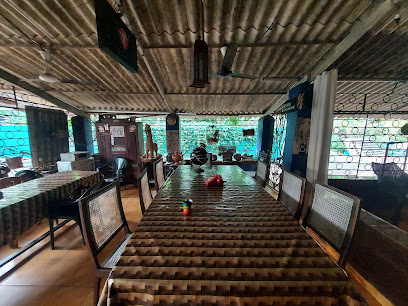
Don Rob's Bar & Kitchen: Best Bar in Goa
Discover the vibrant nightlife at Don Rob's Bar & Kitchen, where delicious food and drinks await in the heart of Vagator, Goa.

LORD OF THE DRINKS
Embrace the vibrant nightlife of Goa at Lord of the Drinks, where exquisite drinks and pulsating beats create unforgettable memories.

For The Record - Vinyl Bar
Discover the vibrant atmosphere of For The Record, a unique vinyl bar in Goa, blending music and culture for an unforgettable experience.
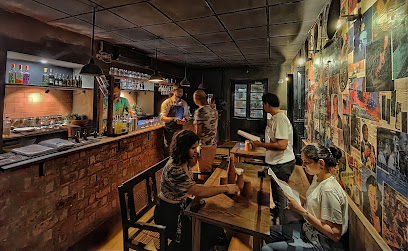
Roof Top Lounge
Discover the Roof Top Lounge in Goa – where stunning views meet vibrant sports entertainment for an unforgettable experience.
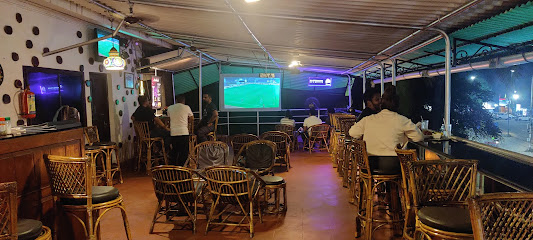
Travel experiences inspired by this city
Explore more travel diariesLocal Phrases
-
- Helloनमस्कार
[Namaskar] - Goodbyeविदाय
[Viday] - Yesहो
[Ho] - Noनाही
[Nahi] - Please/You're welcomeकृपया
[Krupaya] - Thank youधन्यवाद
[Dhanyavad] - Excuse me/Sorryक्षमा करा
[Kshama kara] - How are you?तुम्चं कसं आहे?
[Tumcham kasam ahe?] - Fine. And you?ठीक आहे. तुमचं का?
[Theek ahe. Tumcham ka?] - Do you speak English?तुम्ही इंग्रजी बोलता का?
[Tumhi English bolta ka?] - I don't understandमला समजलं नाही
[Mala samjala nahi]
- Helloनमस्कार
-
- I'd like to see the menu, pleaseकृपया मेनू पहावं आहे
[Krupaya menu pahav ahe] - I don't eat meatमी मांस खात नाही
[Mi mans khate nahi] - Cheers!चियर्स!
[Cheers!] - I would like to pay, pleaseकृपया मला भरणार आहे
[Krupaya mala bharanar ahe]
- I'd like to see the menu, pleaseकृपया मेनू पहावं आहे
-
- Help!मदत करा!
[Madat kara!] - Go away!चला जा!
[Chala ja!] - Call the Police!पोलीसला कॉल करा!
[Polisla call kara!] - Call a doctor!डॉक्टरला कॉल करा!
[Doctorla call kara!] - I'm lostमी हरपलेला आहे
[Mi harpalela ahe] - I'm illमी आजारी आहे
[Mi ajar ahe]
- Help!मदत करा!
-
- I'd like to buy...मला विकून घ्यायचं आहे...
[Mala vikun ghyayach ahe...] - I'm just lookingमी फक्त बघत आहे
[Mi fakt baghat ahe] - How much is it?इतकं किती आहे?
[Itakam kiti ahe?] - That's too expensiveते खूप महाग आहे
[Te khup mahag ahe] - Can you lower the price?किंमत कमी करू शकता का?
[Kimat kamee karu shakta ka?]
- I'd like to buy...मला विकून घ्यायचं आहे...
-
- What time is it?आता किती वाजलं?
[Ata kiti vajal?] - It's one o'clockएक वाजलं आहे
[Ek vajal ahe] - Half past (10)(१०) वर्षानंतर
[(10) varsanantar] - Morningसकाळ
[Sakal] - Afternoonदुपार
[Dupar] - Eveningसंध्याकाळ
[Sandhyakal] - Yesterdayकाल
[Kal] - Todayआज
[Aaj] - Tomorrowउद्या
[Udya] - 1एक
[Ek] - 2दोन
[Don] - 3तीन
[Teen] - 4चार
[Char] - 5पाच
[Pach] - 6सहा
[Saha] - 7सात
[Sat] - 8आठ
[Aath] - 9नऊ
[Nau] - 10दहा
[Daha]
- What time is it?आता किती वाजलं?
-
- Where's a/the...?एक... कुठं आहे?
[Ek... kutham ahe?] - What's the address?पत्ता काय आहे?
[Patta kay ahe?] - Can you show me (on the map)?तुम्ही मला दाखवु शकता का (नकाशावर)?
[Tumhi mala dakhavu shakta ka (nakashavar)?] - When's the next (bus)?पुढचा (बस) कधी आहे?
[Pudhcha (bus) kadhi ahe?] - A ticket (to ....)एक टिकिट (ते...)
[Ek ticket (te...)]
- Where's a/the...?एक... कुठं आहे?
History of Goa
-
Before the Portuguese arrived, Goa was ruled by various Hindu dynasties, including the Mauryas, Satavahanas, and the Kadambas. It was a significant center for trade and maritime activities, attracting merchants from the Arab world, Persia, and Southeast Asia.
-
In 1510, Portuguese explorer Afonso de Albuquerque conquered Goa, marking the beginning of over four centuries of Portuguese rule. The city became the capital of Portuguese India and a major center for the spice trade.
-
The 16th century is often referred to as the 'Golden Era' of Goa. During this time, the city flourished as a cultural and commercial hub. Grand churches, such as the Sé Cathedral and Basilica of Bom Jesus, were constructed, showcasing exquisite Baroque architecture.
-
The Goa Inquisition, established in 1560, was a period of intense religious persecution aimed at converting the local population to Christianity. Many Hindus and Muslims were forced to convert, and local customs were suppressed.
-
By the 18th century, Portuguese power in Goa began to wane due to various factors, including attacks from neighboring Indian states and declining trade. The Marathas and later the British emerged as dominant forces in the region.
-
Although Goa remained a Portuguese colony, the British East India Company exerted significant influence in the region. Trade routes and economic activities began to shift, diminishing Goa's importance as a commercial hub.
-
On December 19, 1961, Indian armed forces launched Operation Vijay, resulting in the liberation of Goa from Portuguese rule. Goa was subsequently integrated into the Indian Union, ending over 450 years of colonial rule.
-
After its liberation, Goa was initially made a Union Territory along with Daman and Diu. On May 30, 1987, Goa was granted statehood, becoming India's 25th state. This period saw rapid development and growth in tourism.
-
Goa is renowned for its unique blend of Indian and Portuguese cultures. This is evident in its cuisine, festivals, and architecture. The state's vibrant culture is a major draw for tourists from around the world.
-
In recent decades, Goa has emerged as one of India's top tourist destinations. Its pristine beaches, vibrant nightlife, and cultural heritage attract millions of visitors annually. The tourism industry has become a cornerstone of Goa's economy.
Goa Essentials
-
Goa is accessible by air, rail, and road. The primary airport is Goa International Airport (Dabolim Airport), located near Vasco da Gama. Several domestic and international flights connect Goa with major cities around the world. For rail travel, Madgaon (Margao) and Thivim are the main railway stations, well-connected to other parts of India. By road, Goa is accessible via the NH66, NH4, and NH17 highways. Bus services from nearby states like Maharashtra and Karnataka are frequent and convenient.
-
Public transport in Goa includes buses, taxis, and auto-rickshaws. The Kadamba Transport Corporation operates bus services across the state, which are economical but can be crowded. Taxis and auto-rickshaws are more comfortable but should be negotiated in advance as they may not use meters. Renting scooters or motorbikes is a popular option for tourists, offering flexibility and convenience. Additionally, ride-sharing apps like Uber and Ola are available in certain areas.
-
The official currency of Goa is the Indian Rupee (INR). Credit and debit cards are widely accepted in hotels, restaurants, and larger shops. However, it is advisable to carry some cash for smaller establishments, local markets, and remote areas. ATMs are plentiful in urban areas, but it is wise to withdraw sufficient cash before heading to more secluded locations.
-
Goa is generally safe for tourists, but standard precautions are advisable. Avoid isolated areas and beaches late at night. Areas like Calangute and Anjuna are known for petty crimes such as pickpocketing, especially during peak tourist seasons. Always keep an eye on your belongings and avoid displaying valuables publicly. Stick to well-lit and populated areas, and use registered taxis or ride-sharing services for transportation.
-
In case of emergency, dial 112 for immediate assistance. Goa has several hospitals and medical facilities, with Goa Medical College in Bambolim being one of the largest. Pharmacies are widely available for minor health issues. It is recommended to have travel insurance that covers medical emergencies. For police assistance, visit the nearest police station or contact the Tourist Police for specific help regarding tourist-related issues.
-
Fashion: Do wear light, breathable clothing suitable for the tropical climate. When visiting religious sites, dress conservatively, covering your shoulders and knees. Religion: Do show respect for local customs and traditions, especially in temples and churches. Remove shoes before entering religious sites. Public Transport: Do be mindful of personal space and queue respectfully. Avoid eating or drinking on public transport. Greetings: Do greet locals with a 'Namaste' or a handshake. A warm smile is always appreciated. Eating & Drinking: Do try local Goan cuisine and seafood. Always use your right hand for eating and passing food. Don't refuse food offered at social gatherings as it may be considered impolite.
-
To experience Goa like a local, visit the local markets such as Mapusa and Anjuna Flea Market, where you can buy fresh produce, spices, and handicrafts. Attend local festivals like Carnival or Shigmo to immerse yourself in Goan culture. Explore the lesser-known beaches like Palolem or Agonda for a more tranquil experience. Engage with locals, who are often friendly and willing to share stories and tips about the best places to eat, visit, and experience.
Nearby Cities to Goa
-
Things To Do in Panaji
-
Things To Do in Pune
-
Things To Do in Mysore
-
Things To Do in Mumbai
-
Things To Do in Bengaluru
-
Things To Do in Kozhikode
-
Things To Do in Nashik
-
Things To Do in Aurangabad
-
Things To Do in Coimbatore
-
Things To Do in Kochi
-
Things To Do in Chennai
-
Things To Do in Puducherry
-
Things To Do in Pondicherry
-
Things To Do in Madurai
-
Things To Do in Vadodara



















